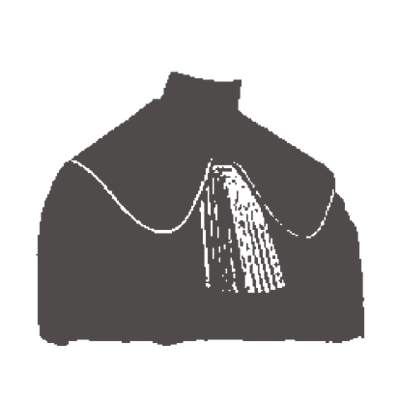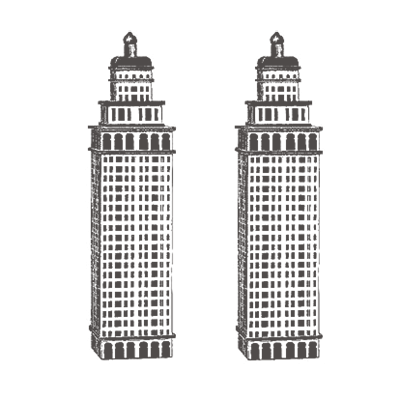IP courts: Cancellation of trademarks and industrial designs not only before the Patent Office
In our latest article on intellectual property courts, we discuss the provision enabling defendants to assert claims in their defence against claims of infringement of trademarks and industrial designs. Currently, it is possible to file a counterclaim seeking invalidation or revocation only in the case of EU trademarks (Regulation (EU) 2017/1001) and Community designs (Regulation (EC) 6/2002). This will change from 1 July 2002, when defendants will be allowed to file such counterclaims also in proceedings in Poland involving national IP rights.

In-game advertising: How to play it?
The trend toward advertising in online channels has grown for years, but video games are still not a popular ad platform. While large foreign entities are eager to exploit this opportunity (among game publishers such as Electronic Arts and brands like adidas, Coca-Cola and Daimler), it is harder to find examples of this type of cooperation among Polish entities.

IP courts: Change in regulations on information claims from 1 July 2020
In our series of articles on IP courts, we cover the key changes under the amendment to the Civil Procedure Code in cases involving protection of intellectual property. We previously wrote about introduction of the new separate procedure and on applications to preserve, present and disclose evidence. Now we analyse the most important changes involving information claims.

IP courts: Will it be easier to prove infringements?
As we recently discussed, on 1 July 2020 provisions introducing a new type of separate procedure in intellectual property cases will enter into force, as well as new institutions designed to strengthen the protection of IP rights and harmonise the provisions implementing the IP Enforcement Directive (2004/48/EC), which have been dispersed around several different acts of Polish law. Among other things, this will change the rules for preserving evidence of infringement. It will also be possible to demand that evidence be produced or turned over.

Legal aspects of the video game industry
The video game development sector has grown rapidly in recent years. With the spread of smartphones, new business models, and distribution platforms, the market for video games has taken off, becoming a key sector of the creative industry. Its growth stirs the imagination and appetite not only of game producers and publishers, but also of the biggest companies in sectors like IT and film, who are increasingly oriented toward the game market. It is also a promising field for investors, particularly from Asia. The industry’s growth has not even been slowed by the COVID-19 pandemic. To the contrary, the industry has taken advantage of this time to reinforce its position and achieve new growth.

Humvee, iPhone, Pip-Boy: Can real-life items be depicted in video games?
Video game designers often place the narrative of their games in contemporary or historical times. This requires them to base elements in the game on items familiar from the real world, such as vehicles, clothing, jewellery, weapons, foods and electronics. Can such depictions be freely used in games, or is consent required?

IP courts: Changes in proceedings for protection of intellectual property
The latest amendment to the Civil Procedure Code enters into force on 1 July 2020, aimed at creating specialised courts handling intellectual property matters.

Must car-rental companies pay royalties to collective management organisations?
If a rental car is equipped with a radio, should the rental company pay royalties to a collective rights management organisation? The Court of Justice recently addressed this issue.

Video-sharing platform services: What will change with implementation of the amended Audiovisual Media Services Directive?
14 listopada 2018 r. Parlament Europejski przyjął nowelizację dyrektywy o audiowizualnych usługach medialnych („dyrektywa AUM”). Jedną z głównych zmian jest wprowadzenie definicji usługi platformy udostępniania wideo. Kto może zostać uznany za dostawcę takiej platformy i z czym się to wiąże?

Is a warehouse operator responsible for storing counterfeits?
The CJEU held that a company that only stores goods without knowing they are counterfeits does not infringe trademarks. So can logistics operators sleep easy? Not really.

Soap commercials: Intellectual property disputes during the COVID-19 pandemic
The rapid boom in cleaning products suggested that this could be a sector where the first coronavirus-related IP disputes might arise. And so it has proved.

If you use a trademark in Spain, you are also using it in the European Union
Genuine use of a trademark in the EU as a whole may be proved in certain circumstances by showing use of the mark in a single member state.
